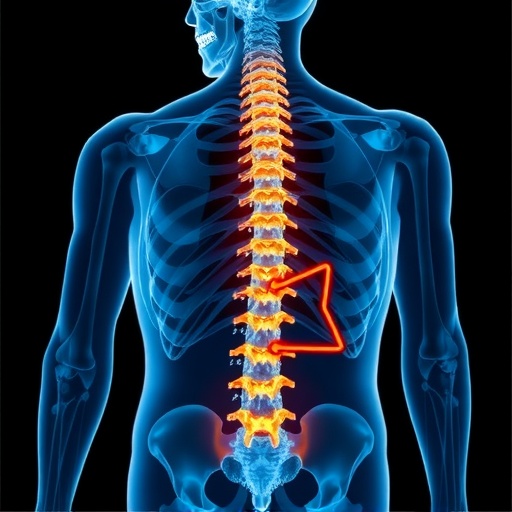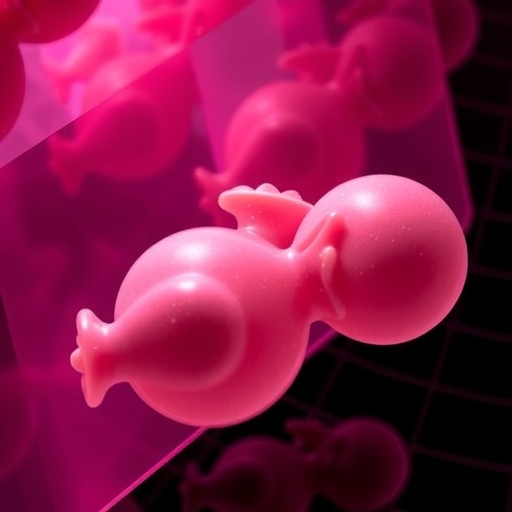Credit: Duke University
DURHAM, N.C. — Engineers at Duke University have developed a way to manipulate, split and mix droplets of biological fluids by having them surf on acoustic waves in oil. The technology could form the basis of a small-scale, programmable, rewritable biomedical chip that is completely reusable for disparate purposes from on-site diagnostics to laboratory-based research.
The study appears on July 26 in the journal Nature Communications.
Automated fluid handling has driven the development of many scientific fields. Robotic pipetting systems have, for example, revolutionized the preparation of sequencing libraries, clinical diagnostics and large-scale compound screening. While ubiquitous in the modern biomedical research and pharmaceutical industries, these systems are bulky, expensive and do not handle small volumes of liquids well.
Lab-on-a-chip systems have been able to fill this space to some extent, but most are hindered by one major drawback — surface absorption. Because these devices rely on solid surfaces, the samples being transported inevitably leave traces of themselves that can lead to contamination.
"There are a lot of protein-laden fluids and certain reagents that tend to stick to the chips that are handling them," said Tony Jun Huang, the William Bevan Professor of Mechanical Engineering and Materials Science at Duke. "This is especially true of biological samples like undiluted blood, sputum and fecal samples. Our technology is well-suited for processing these difficult samples."
The new lab-on-a-chip platform uses a thin layer of inert, immiscible oil to stop droplets from leaving behind any trace of themselves. Just below the oil, a series of piezoelectric transducers vibrate when electricity is passed through them. Just like the surface of a subwoofer, these vibrations create sound waves in the thin layer of oil above them.
By carefully controlling the sound waves, the researchers create vertical vortexes that form small dimples in the oil to either side of the active transducer. These dimples can hold droplets with volumes ranging from one nanoliter to 100 microliters and pass them along the surface of the oil as the sound waves are modulated and different transducers are activated.
The droplets are effectively surfing on tiny soundwaves.
"Our contactless liquid-handling mechanism inherently eliminates cross-contamination associated with surface adsorption and the need for surface modification," Huang said. "It enables reusable paths for the droplets to be dynamically processed on arbitrary routes without cross-talk between each other, exponentially increasing the allowable number of combinations of reagent inputs on the same device."
Huang next wants to take this proof-of-concept demonstration and create a fully automated lab-on-a-chip platform that can handle complex operations with dozens of droplets simultaneously. He's planning to collaborate with peers at Duke for various applications in biology and medicine.
###
This research was supported by the National Institutes of Health (R01 GM112048, R33 EB019785) and the National Science Foundation CBET-1438126, IDBR-1455658.
"Digital Acoustofluidics: Programmable, Contactless Liquid Handling and Routing via Acoustic Streaming." Steven Zhang, James Lata, Chuyi Chen, John Mai, Feng Guo, Zhenhua Tian, Liqiang Ren, Zhangming Mao, Po-Hsun Huang, Peng Li, Shujie Yang, and Tony Jun Huang. Nature Communications, 2018. DOI: 10.1038/s41467-018-05297-z
Media Contact
Ken Kingery
[email protected]
919-660-8414
@DukeU
http://www.duke.edu
Related Journal Article
http://dx.doi.org/10.1038/s41467-018-05297-z




